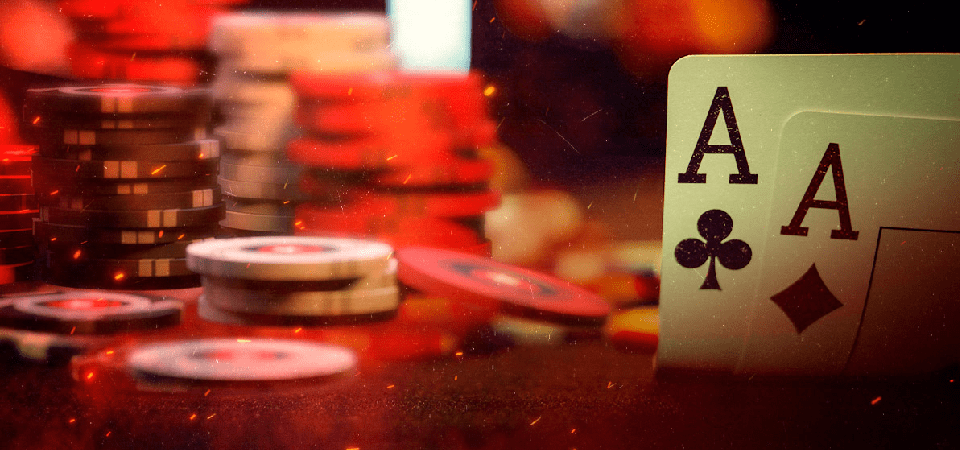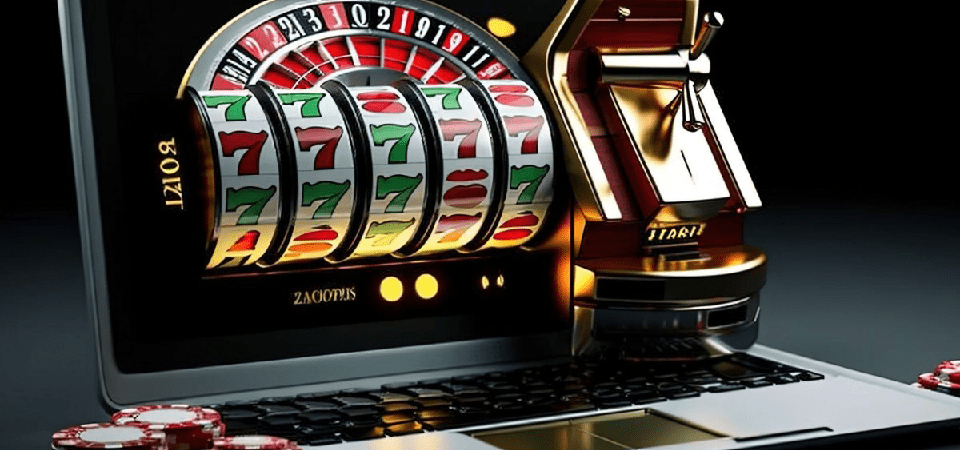Blackjack - Mastering the 21 Game
Blackjack, also known as “21,” is a card game where the goal is to have your hand’s total value as close to 21 as possible without exceeding it. It’s one of the most beloved games in the casino world, known for its simplicity, fast pace, and the fact that it’s not entirely based on luck. Skillful players can employ strategies to reduce the house edge, making it one of the most favorable games in the casino.
Detailed Game Rules:
-
Card Values:
-
Number Cards (2–10): These have their face value (e.g., a 5 is worth 5 points).
-
Face Cards (Jack, Queen, King): Each of these cards is worth 10 points.
-
Ace: The Ace is the most versatile card in Blackjack. It can be worth either 1 point or 11 points, depending on what benefits the player’s hand the most. For example, an Ace and a 7 are a "soft 18" (because the Ace is worth 11), while an Ace and a 10 would make a Blackjack (21 points).
-
-
How the Game is Played:
-
Players begin by placing a bet before any cards are dealt.
-
The dealer deals two cards to each player and themselves. The players’ cards are face-up, but the dealer has one card face-up and one face-down (known as the "hole card").
-
After the initial deal, each player has a chance to take actions such as Hit, Stand, Double Down, Split, or Surrender.
-
Hit: Take another card.
-
Stand: Keep your current hand.
-
Double Down: Double your original bet in exchange for committing to one additional card.
-
Split: If you have a pair (two cards of the same rank), you can split them into two separate hands and continue to play each hand individually.
-
Surrender: Forfeit your hand and half of your bet. This is only available on the initial deal in some casinos.
-
-
-
Dealer’s Rules:
-
The dealer must hit until they reach a total of at least 17.
-
If the dealer has an Ace and a 10-point card (a "Blackjack"), all remaining hands lose, unless the player also has a Blackjack, in which case it’s a push (a tie).
-
If the dealer busts (exceeds 21), all remaining players win.
-
-
Winning and Payouts:
-
Normal Win: If your hand is closer to 21 than the dealer’s, you win and are paid 1:1.
-
Blackjack: If you get an Ace and a 10-point card as your first two cards, it’s a Blackjack, and you win 3:2 on your bet (in most casinos).
-
Push: If your hand ties with the dealer’s hand, you get your bet back but don’t win any extra money.
-
Basic Blackjack Strategy:
-
When to Stand:
-
Always stand if your hand is 17 or more (unless it’s a soft 17, which is an Ace and a 6).
-
If the dealer shows a weak upcard (2 through 6), stand on any hand of 12 or higher, since the dealer is more likely to bust.
-
-
When to Hit:
-
If your hand is 8 or less, always hit.
-
With a soft 17 (Ace + 6), hit unless the dealer shows a weak card (2–6). In that case, you can stand.
-
-
Doubling Down:
-
Always double down on 11.
-
Double down on 10 if the dealer shows a card between 2 and 9.
-
Double down on 9 if the dealer shows a 3, 4, 5, or 6.
-
-
Splitting:
-
Always split Aces and 8s.
-
Never split 10s or face cards (as 20 is a strong hand).
-
Split 2s and 3s when the dealer’s card is between 4 and 7.
-
Advanced Blackjack Strategies:
-
Card Counting:
-
What is Card Counting?: Card counting involves keeping track of the ratio of high cards (10s and Aces) to low cards (2–6) remaining in the deck. The more high cards left, the better it is for the player because they have a higher chance of getting a Blackjack.
-
How to Count Cards: The most basic system is the Hi-Lo system. You assign a value of +1 to cards 2–6, 0 to 7–9, and -1 to 10, Jack, Queen, King, and Ace. Keep a running count, and bet more when the count is positive.
-
Note: Card counting is not illegal, but casinos reserve the right to ask you to leave if they suspect you of counting.
-
-
Betting Systems:
-
The Martingale System: This involves doubling your bet after each loss. For example, if you lose a $10 bet, you bet $20 on the next hand. This system can be effective in the short term but can result in significant losses during a losing streak.
-
The Paroli System: This is the opposite of the Martingale. In this system, you double your bet after each win. It allows you to ride streaks while limiting losses.
-
-
Taking Insurance:
-
Insurance is offered when the dealer’s upcard is an Ace. It’s a side bet that the dealer has a Blackjack. It pays 2:1, but the odds are typically not in your favor. Avoid insurance bets unless you’re an expert at card counting.
-
-
Surrender:
-
If your first two cards total 16, and the dealer has a 9, 10, or Ace showing, it’s often a good idea to surrender your hand and save half your bet. This reduces your loss in a difficult situation.
-
-
Practice on Free Blackjack Games:
-
Many online casinos offer free versions of Blackjack. Use these platforms to practice your strategies and gain experience without risking real money.
-
Tips and Common Mistakes:
-
Avoid Playing When Tired or Distracted: Blackjack requires focus and concentration, especially if you’re using strategies like card counting.
-
Know When to Walk Away: If you're on a losing streak or have hit your predetermined loss limit, it’s time to walk away and save your bankroll for another session.
-
Don’t Chase Losses: Blackjack is a game of variance. Accepting both wins and losses is part of the game.











